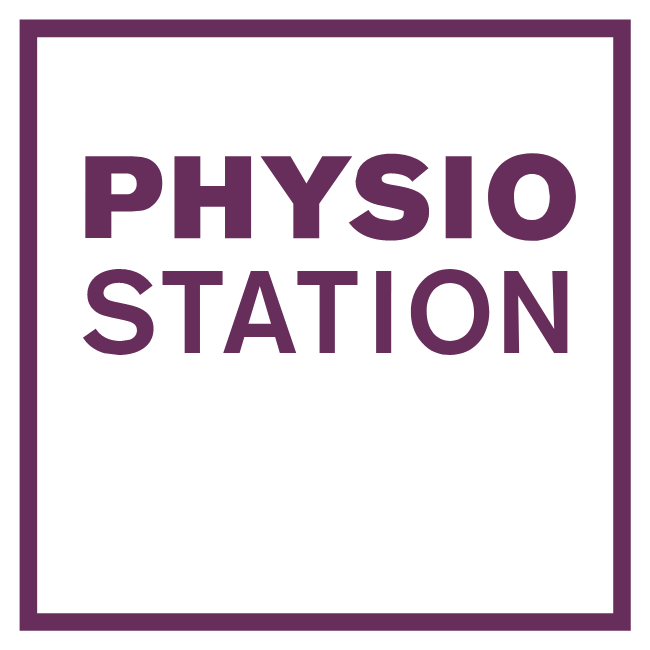Self-directed training
Self-directed training after injuries

- Appointments within 48 hours
- Modern stations
- Specialised staff
- Transparent communication
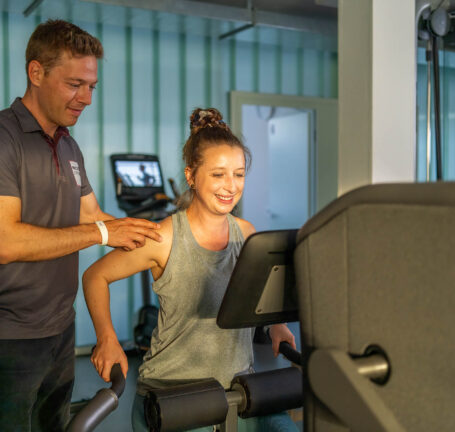

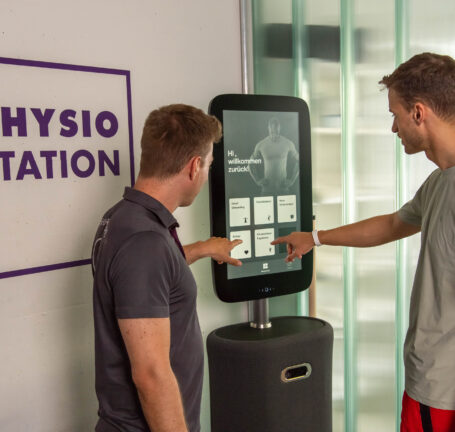
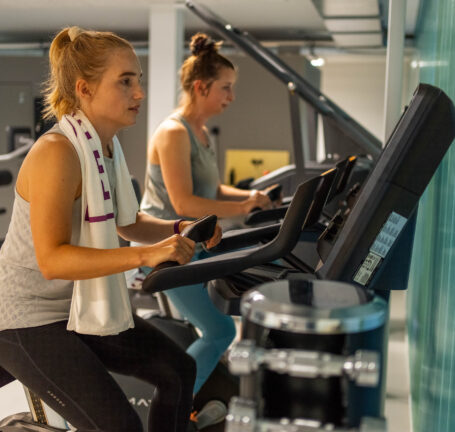
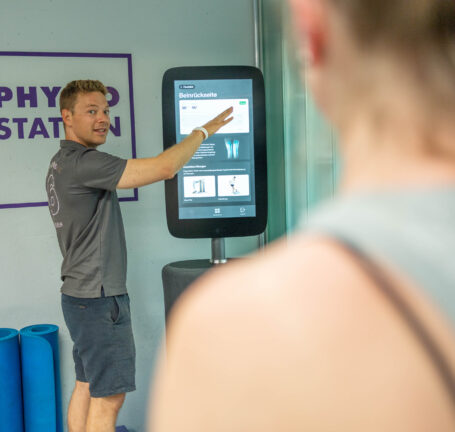

Train independently
After an injury, it is essential to rebuild and strengthen the affected area of the body. Regular training will help the healing process and ensure that you can return to your normal level of activity as quickly as possible.
- Train independently in the event of acute pain
- Train independently for sarcopenia
- Training independently after injuries
The following advantages are associated with training on one's own initiative:
1. Prevention of re-injury: After physical therapy, restoring muscle strength and neuromuscular control can help reduce the risk of re-injury. Continuing training can further compensate for muscular imbalances and biomechanical deficits, improving the body’s resilience and stability in the long term and reducing the risk of future injuries.
2. Maintaining improvements: The progress made during physiotherapy should be maintained in the long term to avoid relapses. Continuous training helps to maintain the muscle strength, mobility, neuromuscular control and functional capacity achieved during the rehabilitation phase.
3. Long-term health and well-being: Regular training after an injury not only supports recovery, but also promotes long-term health and well-being. It can reduce the risk of chronic pain, limited mobility and degenerative diseases, and improve physical fitness and quality of life.
4. Management of sequelae: Some injuries can have long-term effects, such as muscle weakness, limited mobility or chronic pain. Targeted training can reduce or minimize these effects, resulting in better functional independence and quality of life.
5. Improve neuromuscular control: Strength training not only helps increase muscle strength, but it also helps improve neuromuscular control, which is the way the nervous system and muscles work together to coordinate movement. Exercising strengthens these neural connections, which can also help prevent future injuries.
6. Improved biomechanics: Resistance training can also improve biomechanics, which is the way the body moves and absorbs forces during activities. By strengthening specific muscle groups, imbalances and compensations can be corrected, which reduces stress on joints and lowers the risk of new injuries.
7. Increased bone density: Regular strength training can also increase bone density, which can help prevent osteoporosis and reduce the risk of fractures, especially important for injuries that involve prolonged immobilization.
After injuries, it is important to target the affected area to rebuild the muscles there and promote mobility. For example, specific exercises to strengthen the thigh and calf muscles and stabilize the knee can help with knee injuries.
When is independent training particularly useful?
The key to successful rehabilitation is personal responsibility – regularity and continuity are crucial to achieving lasting positive results. Independent training makes sense for a variety of illnesses and complaints. In particular, it can help to speed up recovery, relieve pain and improve the body’s long-term functionality in cases of sarcopenia, after injuries or in the event of acute pain.
At our practice, we believe it is important for you, the patient, to play an active role in your recovery. Self-directed training plays a central role in this and means that you actively contribute to improving your health. This includes regular exercises that you can do both in our practice and at home. It’s not just about passively waiting for treatment, but also about taking the initiative and continuously working on your fitness and mobility. Our role is to support you, show you the right techniques, and motivate you.

Are you interested in a training subscription at Physio Station?
Find out more about our various training programs and arrange your first trial session.





